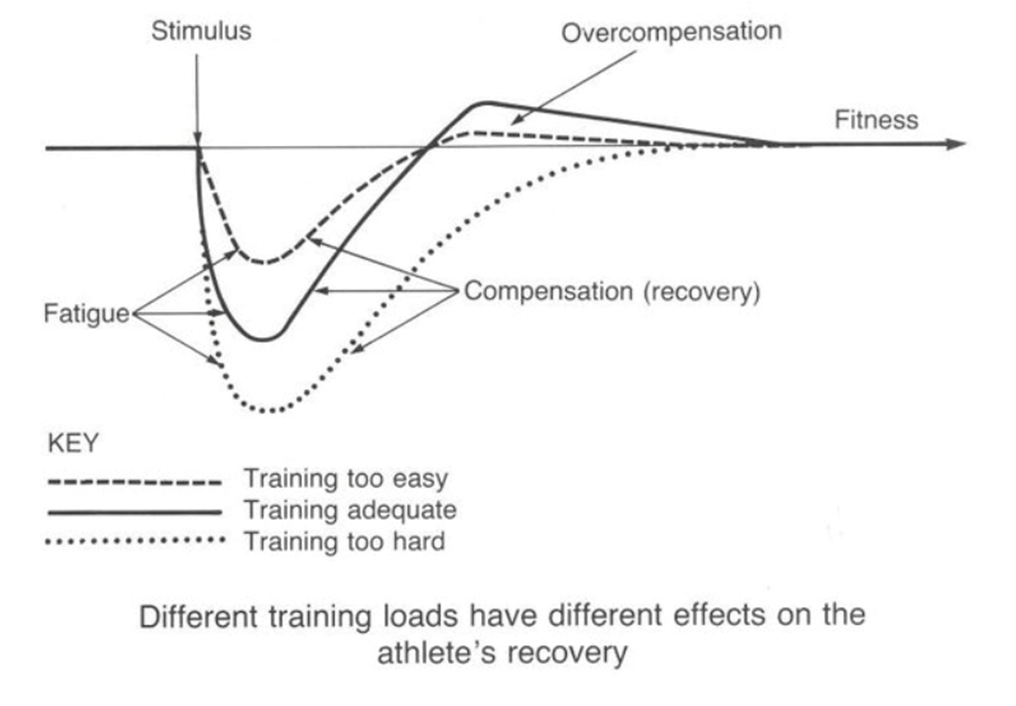Sports have been played for ages. However, competitive sports require enhanced athletic performance to improve the odds of winning. Athletes and coaches are always looking to improve sports performance. Enhancing performance requires a thorough understanding of many internal or external factors.

Most athletes are aware of internal factors, like genetics and muscle fiber type, and external factors, like the environment. But research shows us there is more to performance. One such factor is ‘Oxidative Stress’.
Why is oxidative stress harmful?
Oxidative stress refers to the difference of free radicals and antioxidants in the body. Free radicals are molecules that easily react with other molecules, causing oxidation reactions. These are usually balanced by antioxidants in the body. But when there’s the free radical activity far exceeds the antioxidant activity, you experience oxidative stress. As a result, the free radicals start affecting lipids, DNA, and proteins, causing premature aging or diseases, like heart disease, diabetes, inflammation and more.
Sports and exercise increase the production of free radicals. Exercise leads to an increased demand for oxygen, especially in the muscles, altering blood flow to the various organs. Exercise also causes muscle injury, leading to entry of phagocytes at the site. All these physiological changes add to the production of free radicals, causing oxidative damage to biomolecules.
An interesting fact to know is a moderate, short-term increase in free radicals is good for the body as it aids physical adaptation. This is possible with a good physical activity program. But excessive oxidative stress could impact an athlete’s performance in several ways.
Muscle damage
Muscle injuries are common while training. But did you know that damaged muscle fibers cause infiltration of phagocytes that break down the damaged tissue and further attract more white blood cells to the site.
This can ideally cause regeneration of muscle fibers. However, in case of excessive activity, it may lead to chronic inflammation, improper healing, and, in some cases, scar-tissue formation.
Motor skills
Retired professional athletes, especially those who played contact sports, have been seen to be at a higher risk of neurological diseases, like Alzheimer’s and ALS.
Atherosclerosis
Cholesterol is required in the production of several biomolecules, such as hormones, and coenzymes. It becomes harmful when free radicals oxidize it. In that case, it gets embedded in walls of the blood vessels, preventing normal blood flow. A combination of this and oxidative stress can lead to atherosclerosis.
Can Oxidative stress be prevented?
Oxidative stress is necessary to some extent, so it can’t be completely eliminated from sports. As an athlete, the next best thing is oxidative stress tracking for recovery throughout a training cycle to make sure you are creating positive adaptations without causing cell damage.
Fortunately, the O2Score device, available at Nexus Scientific, makes it possible to scientifically quantify the body’s response to training. Athletes and coaches can make sure the training loads and recovery methods are optimal, and performance can be maximized, without causing excessive oxidative stress and the risk of injury or fatigue.




